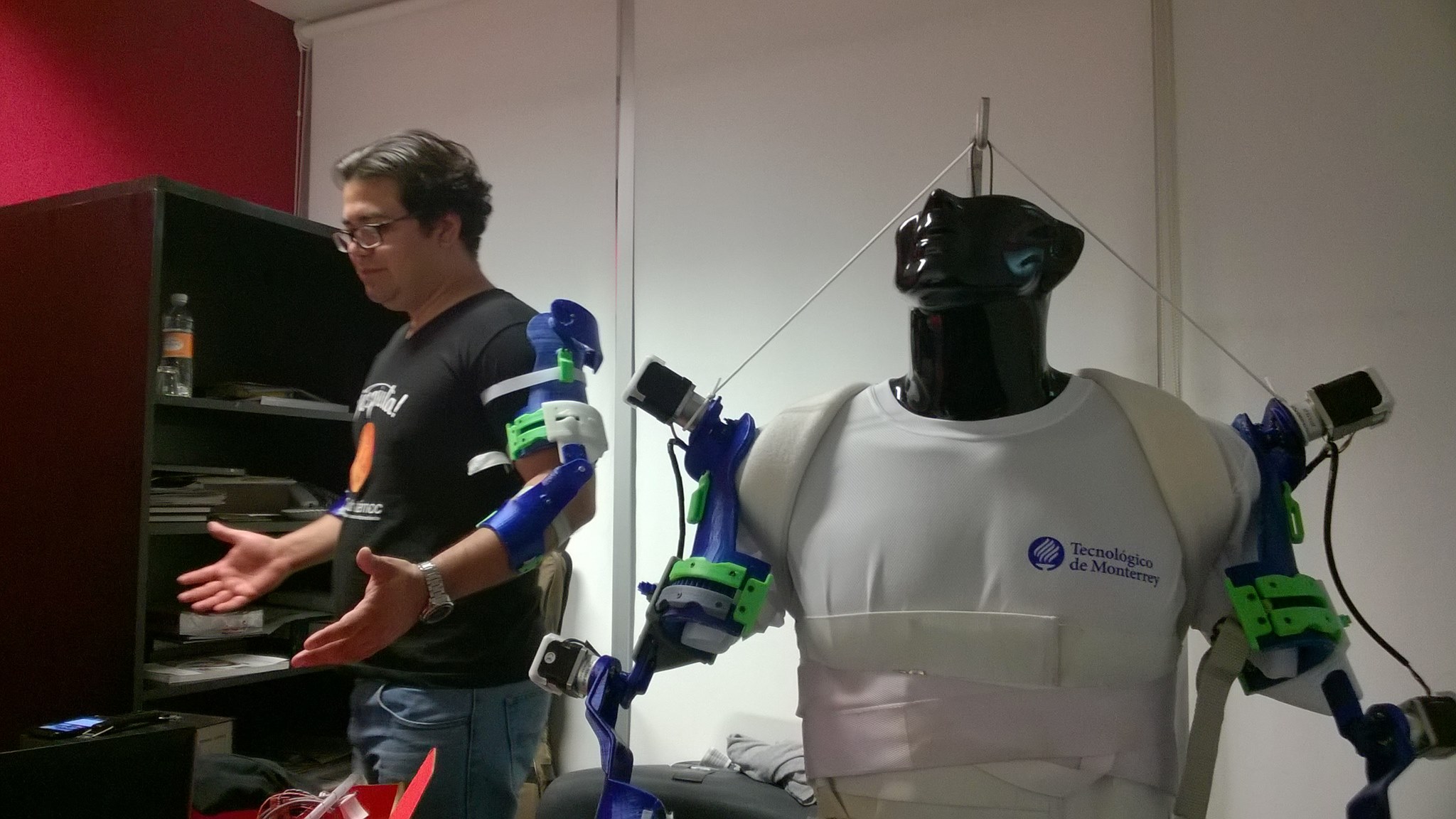
Enhancing mobility and function for the elderly, as well as those with impaired locomotion from injury or disease, could soon be made easier with modular exoskeletons from Mexico-based start-up WeaRobot.
An exoskeleton assists movement in a joint by reinforcing it with a mechanical module. While you might be imagining grandma in a suit of armor, WeaRobot technology depends less on a rigid gear system. It has a unique control system based on a network of electrodes attached to the user’s skin to read signals from muscles and joints.
“With the use of artificial intelligence algorithms, we can determine the conditions in which the user requires torque assistance from specific joints,” says Ernesto Rodriquez Leal, WeaRobot creator.

A market forecast predicts that exoskeleton demand may reach 3.3 billion USD by 2025, due to increased applications not only in rehabilitation of the elderly and those with impairments like paraplegia and scoliosis. Exoskeletons also have great potential in protecting soldiers, and enhancing the efficiency of laborers in the workforce.
WeaRobot is currently developing their tech to improve the locomotion of people, but in the future, they see that it can also be used to do the opposite. Restricting movement could be used for high-tech athletics training, and even astronauts undergoing low-gravity simulations.
Indeed, the bionic future ahead is exciting and full of possibility.